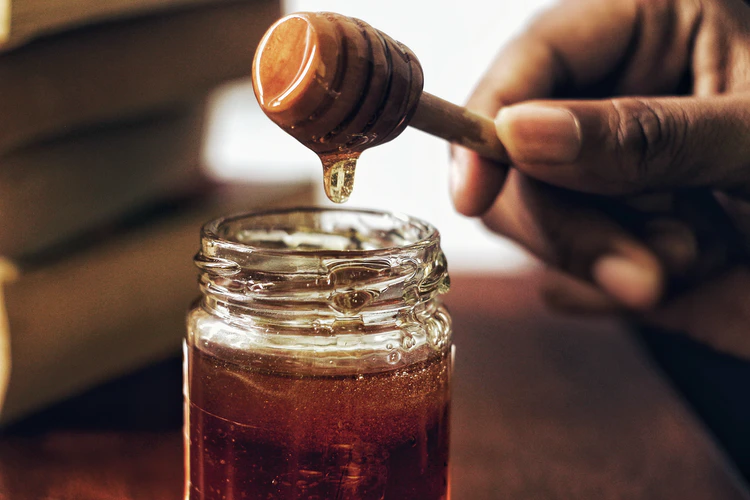Honey is a naturally occurring food item and is a perfectly healthy alternative for sugar. Honey is collected and produced by bees that feed on sugary plant extracts and other such alternative sources. The honey is a regurgitated product using enzyme activity. Honey is stored in honeycombs that are built by honeybees. The beehive is then acquired from forests and from beekeepers and is extracted for original and pure honey. The Honey analysis is done to understand the texture and quality of the honey sample so that the given sample can be ascertained for its purity.
Honey and its Qualities
Honey, in its natural, raw form, is the best and purest of honey. Honey has some stellar qualities that make it unique and one of the most important breakfast table options worldwide. Honey is so widely popular; it is estimated that every 2 in 5 households buy honey regularly.
The problem with naturally occurring honey is the supply and demand gap. A mason jar of original honey can take as much a year to form in a beehive. But it is consumed within a week in most households. This creates a huge supply gap because of which many companies have started to process honey and add adulterants to increase the volume of honey, such as corn starch, sugar syrup, maple syrup, water, etc. The Food Regulation Board specifies Honey Analysis for the honey quality test that helps the consumer understand if the honey is pure or adulterated. Some of the qualities of honey that are the most notable and used as parameters to test in the honey analysis are mentioned below:
1. Viscosity
Honey is a thick and viscous liquid that has a very jelly-like texture. The viscosity of original, unadulterated honey needs to be of spreadable texture but thick enough to be poured. This viscosity may change if water or sugar syrup is added to it, making it runny or watery to increase volume. This is usually done by businessmen before branding the honey to increase its quantity and therefore to earn margin while selling honey in a processed form. A honey quality test can help understand if a given sample is adulterated or not with number or testing methods.
Viscosity is tested in two ways in honey quality tests, one with the thumb test and another with the vinegar test.
- When a small drop of honey is placed on a thumb, it does not spill or run over if it is raw and unadulterated. If it is mixed with water, it does lose its viscosity and tends to be runnier.
- Mixing 1 part honey with 2 to 3 parts of vinegar can also determine the purity of honey. Raw honey would not have much effect by adulterated honey would react with the vinegar and start to foam.
- Honey does not mix with water, which is another test. Raw honey is dense and would settle at the bottom, unlike adulterated honey, which would dissolve in water.
2. Color
Honey comes in a golden color which has a tinge of dark brown shade to it. Over time, honey being organic and natural can change to darker shades of gold and brown. This is quite natural for any organic product due to its nature to settle. Honey Analysis tests check for this shade and the color change patterns. Original honey tends to become darker over time, but adulterated honey does not and stays light and golden. It does not settle as well.
3. Flammability
Original honey has the ability to catch fire. When dipped in a stick and lit by a match, honey tends to catch fire in its raw state in a slow manner. If honey has been mixed with water or sugar syrup, this decreases the flammability of honey and therefore does not catch fire. This is another method to test the quality of honey.
4. Moisture
Moisture in honey is quite less, but in its processed, adulterated form, there is considerable moisture to honey which can be identified with a blotting paper test. Place a blotting paper and put a few drops of honey. If the honey becomes runny with a ring of water, it means the bloating paper has absorbed the artificial water added to honey, making the consistency of the sample change. Raw honey would have no moisture, and therefore the blotting paper stays dry.
These are some of the methods to understand the quality of honey. Many labs perform chemical analysis also to list out harmful chemicals, the percentage of water added and the adulterants and their chemical compositions.
